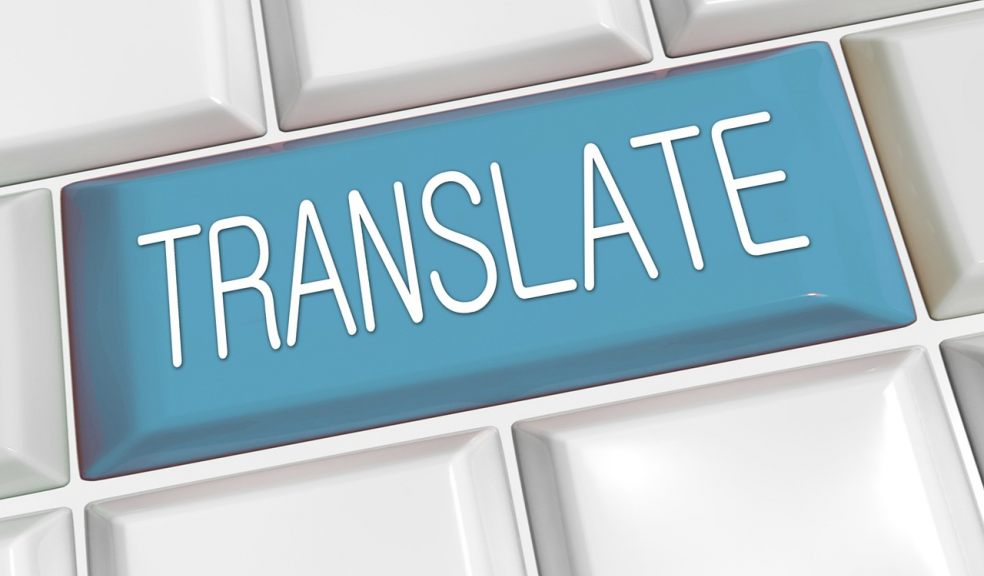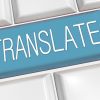
What Is Technical Translation
Technical translation describes translating technical articles, manuals, and other documents. A technical translator translates only text, and the content must be precise and unambiguous. The purpose of the technical translator is to communicate technical data accurately and precisely to an audience whose first language is not the source language. It often works in a laboratory setting and must be able to understand scientific terms.
In its simplest terms it's the transcription of texts pertaining to scientific and technical subject areas. In other words, a technical translator is necessary for technical translation. A proficient technical translator is knowledgeable in both the source and target languages, as well as the subject matter and technical vocabulary specific to that profession.
Many different kinds of content require technical interpretation. On one end, linguists with master’s degrees in the pertinent discipline and translation service abilities are required to translate academic, clinical, industrial, and technological journal publications. On the other hand, writing item specification sheets for electrical devices may not require a computer science degree. Still, it does call for some familiarity with the language used in the industry.
Technical interpretation may cost a lot more than standard business translation. The additional price and turnaround time will change depending on the project’s complexity, the accessibility of professional translators in the appropriate language pair, and the market for those translators. For instance, translations between English and Japanese are more expensive since there is a greater need for technical interpretations in this language pair than there are trained translators available.
What is the Importance of Technical Translation?
Technical translation is translation derived from specific fields such as medicine, engineering, science, and biology. These fields require specialized vocabulary, formats, and designs that are very specific. The world has become global in the last few decades. The rapid growth of multinational corporations and globalization of the world economy has led to the tremendous need for translations. Businesses today need to gain access to new markets and new clients. Hence, the need and demand for foreign language translators increase daily.
Technical translation is an important part of international business. It is a specialized, professional field, and knowledge of certain technical disciplines can help translators do their jobs more efficiently. It refers to the translation of written or spoken information into another language. It differs from general translation, which involves translating text from one human language into another because the technical translator usually has knowledge of one subject and the language of that subject. They work with a variety of industries, including science, technology, and engineering. These companies require technical translations, such as manuals, instructions, and diagrams, to help their workers complete their work.
Here are the Fields of Different Technical Translation
Patent
Patent translation is the process by which a patent, usually a technical or engineering document, is translated into a simpler language so that the average person can fully understand it. A patent is an official legal document issued by the patent office. The document grants the patent holder the exclusive right to manufacture, use, or sell a particular product or business method for a defined period of time. If a patent holder violates the terms of the patent, they risk being sued by other companies or individuals so they can either pay a hefty fine or stop making the product or process.
Patent translations can be tricky, which is why many companies, especially those in the technology sector, turn to intellectual property lawyers for help with those difficult tasks. In addition to having expertise in handling patent translations, intellectual property lawyers bring a wealth of legal experience to the process.
User’s Manual
A user manual is a self-help pamphlet that details how a particular product or piece of equipment can be used. But a translation of a user manual means translating the user manual from one language to another. As you can imagine, this can be quite a challenge because each country has its own unique phraseology for labeling things. But it’s also an opportunity to show off your language skills and a chance to make some extra money on the side by translating user manuals.
Translating user manuals can be tough, particularly when you are translating for computers. While computers can be simple, translating them into different languages can still be tricky. Most computer users are not well versed in the several languages that can be assigned to a computer, and this can get confusing quickly. Computers are complex devices, and complex devices have complex user manuals. And translating user manuals for these complex devices can be particularly tricky.
Computer-Aided Design
Computer-Aided Design (CAD) drawings are a way to transfer designs from paper to computers through a rasterization process. You can rasterize drawings by hand, freehand, or by using stencils. Although rasterization can be done by manual means, it’s much more efficient to use stencils. That means you need to know how to translate CAD drawings properly.
Software
It’s not unusual for companies to have localization requirements; some software must be translated into multiple languages in order to sell effectively in other countries. But, in many cases, localization isn’t about translating software; it’s about translating software strings. These are strings of text that are environmentally isolated from the software itself and are typically written in some localized resource file. When building software, it’s important to understand what localization means and when it should be used.
Software localization is the process of adapting your software, so it is fully usable in another language. It is different and more complex than translation, and it needs to be done before you start translating your app’s text. It will give translators and beta testers a clear, unambiguous source text to work with, making it much easier for them to produce high quality translations. It will also make your localization process easier and cheaper.
Conclusion
In summary, technical translation is a specialized field that encompasses the use of specialized software and tools. It takes a deep knowledge of both written and spoken language and extensive familiarity with specialized software.














